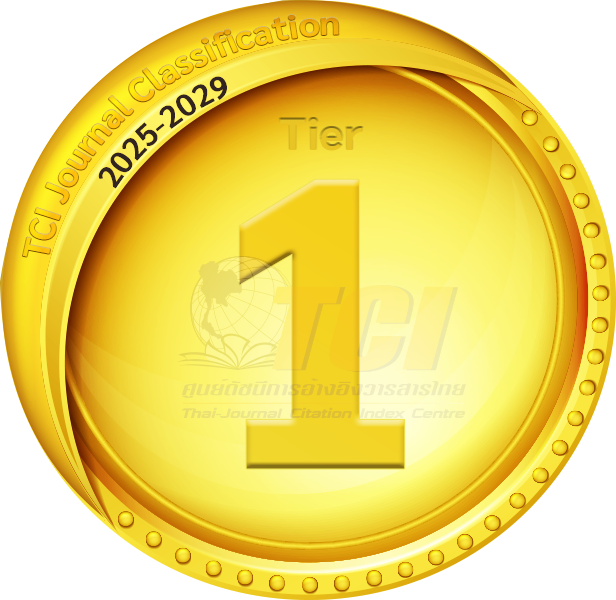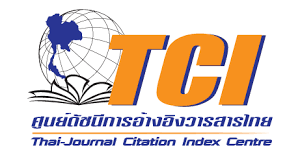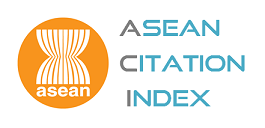Developing a Strategic Framework in Reducing Urban Heat Island Effect for Cooler High-density Communities: The Case of Sampaloc, Manila
- Sheila V. Elardo, School of Architecture, Industrial Design, and the Built Environment Mapua University, Manila, Philippines, E-mail: svelardo@mapua.edu.ph
Abstract
As a tropical country, the Philippines experiences a micro-climate phenomenon that is referred to as the urban heat island effect. It is considered as an environmental risk felt particularly during the hot seasons and becoming worse in the succeeding years. In response to this issue, there is a need for alternative strategies appropriate for a local setting. This study aims to provide approaches that can help mitigate the urban heat island effect in high-density communities in the City of Manila. It formulated a framework serving as a model that can be applied to any high-density community in Metro Manila regarding the negative effects of the urban heat island and its reduction. It provides useful information for the residents, experts in the field of architecture and urban planning, and academicians in finding alternative ways of reducing the urban heat island applicable in the local setting. The study employed a mixed-method research approach by collecting both quantitative and qualitative data. The descriptive research method was used in choosing the site to describe its existing conditions and relate the factors and elements that influence the UHI effect in the area. It utilized ground-truthing that assessed GIS maps. Purposive sampling, key informant interviews, observations, and field visits extracted data from the residents directly affected by the urban heat. The analysis produced a framework in mitigating an increase in the UHI effect in the community. These are to control the climate and adapt green architectural strategies, to re-examine functions in zoning, and to develop a community small-scale initiative in green environment awareness.
Keywords: urban heat island effect, heat stress, comfort zone, cool high-density community
DOI: 10.14456/rjsh.2021.7
References
Akinaru, I. H. (2002). Towards Creating a Sustainable City. Manila, Philippines: UP Press.
Dotson, J. D. (2018). How Temperature and Humidity are Related. Retrieved from https://sciencing.com/temperature-ampamp-humidity-related-7245642.html
Koenigsberger, O. H. (1975). Manual of Tropical Housing & Building. Telangana, India: Orient Blackswan.
Kumar, K. S., Bhaskar, P. U., & Kumari, K. P. (2017). Assessment and Mapping of Urban Heat Island Using Field Data in the New Capital Region of Andhra Pradesh, India. Indian Journal of Science and Technology, 10(11), 1-8.
National Geographic (2011). Air Mass. Retrieved from https://www.nationalgeographic.org/encyclopedia/air-mass/
Tiangco, M., Lagmay, A. M. F., & Argete, J. (2008). ASTER‐based Study of The Night‐Time Urban Heat Island Effect in Metro Manila. International Journal of Remote Sensing, 29(10), 2799-2818.
White, E. P., Ernest, S. M., Adler, P. B., Hurlbert, A. H., & Lyons, S. K. (2010). Integrating Spatial and Temporal Approaches to Understanding Species Richness. Philosophical Transactions of the Royal Society B: Biological Sciences, 365(1558), 3633-3643.
Yang, L., Qian, F., Song, D. X., & Zheng, K. J. (2016). Research on Urban Heat-Island Effect. Procedia Engineering, 169, 11-18.

Indexed in


Search